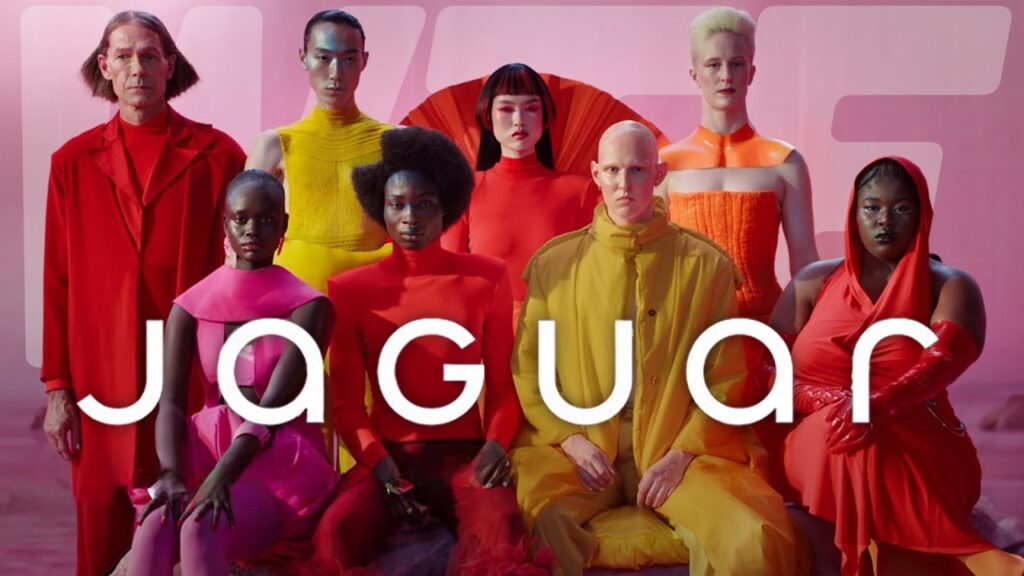As a lifelong car enthusiast, this one hurts to write. Few brands hold the kind of iconic status that Jaguar does in the UK—or anywhere else, for that matter. The brand is woven into the fabric of British history, a symbol of elegance, speed, and engineering excellence. Its roots in motorsport are legendary. From dominating Le Mans in the 1950s with the D-Type to crafting some of the world’s most celebrated road cars, Jaguar wasn’t just a car company; it was an identity.
In the UK, Jaguar became a cultural touchstone, celebrated in everything from royal motorcades to James Bond films. Owning a Jaguar signified a certain stature—success paired with sophistication. Globally, the brand stood for effortless elegance and British craftsmanship, an antidote to the brashness of American muscle or the precision of German engineering.
But Jaguar’s latest rebrand, unveiled in November 2024, seems to have discarded much of that storied legacy in favor of chasing the ultra-luxury electric vehicle (EV) market.
Bold? Yes. But as many critics and loyalists have noted, it also feels like an identity crisis.
This isn’t just a story about cars. It’s a cautionary tale for brands navigating reinvention and the delicate balance of honoring heritage while staying relevant.
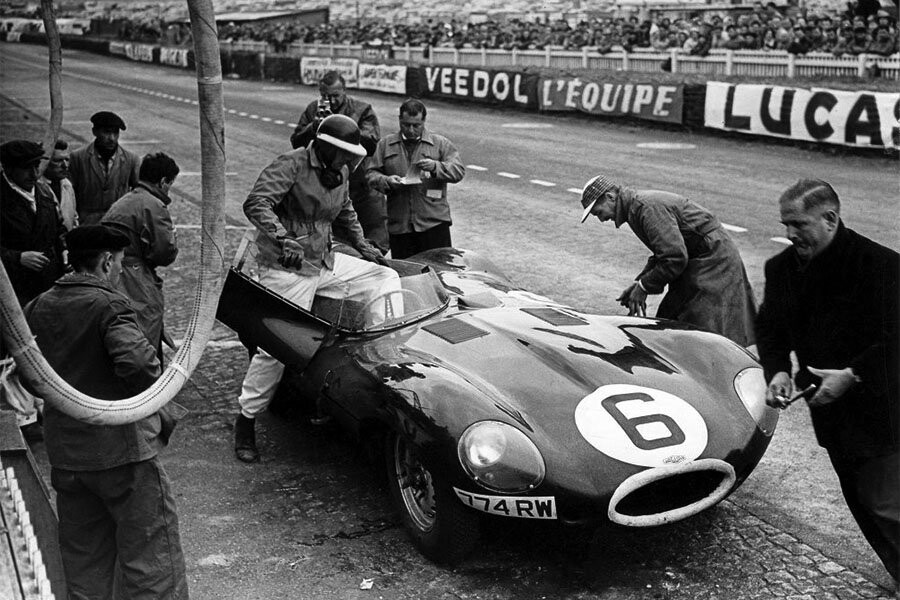
A Racing Pedigree: The Foundation of Jaguar’s Legacy
To truly grasp the weight of Jaguar’s recent branding decisions, you need to understand its foundation. Jaguar’s racing heritage is legendary, its name synonymous with innovation and dominance on the track. The C-Type and D-Type were engineering marvels that clinched multiple Le Mans victories in the 1950s. These wins weren’t just about trophies; they cemented Jaguar’s image as a leader in performance and design.
The E-Type, launched in 1961, took that racing DNA to the road. Often called “the most beautiful car in the world,” By Enzo Ferrari, it wasn’t just fast—it was art on wheels. Its unveiling at the Geneva Motor Show caused such a stir that Jaguar famously had to send a second car to meet the overwhelming demand for test drives.
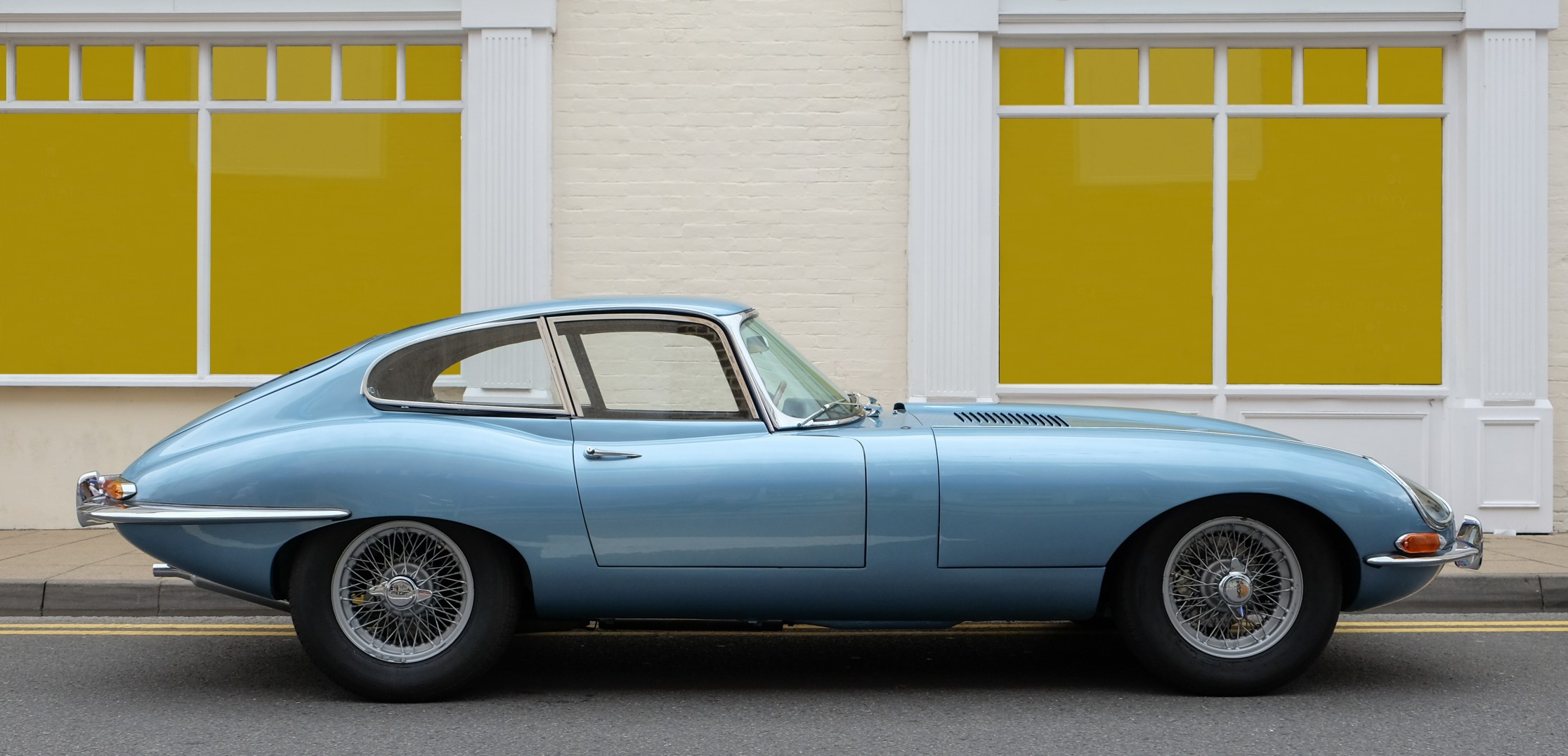
Jaguar’s motorsport success translated to its brand identity: daring, innovative, and quintessentially British. The leaping cat emblem wasn’t just a logo—it was a symbol of speed, power, and grace.
Which makes the recent rebrand feel all the more baffling.
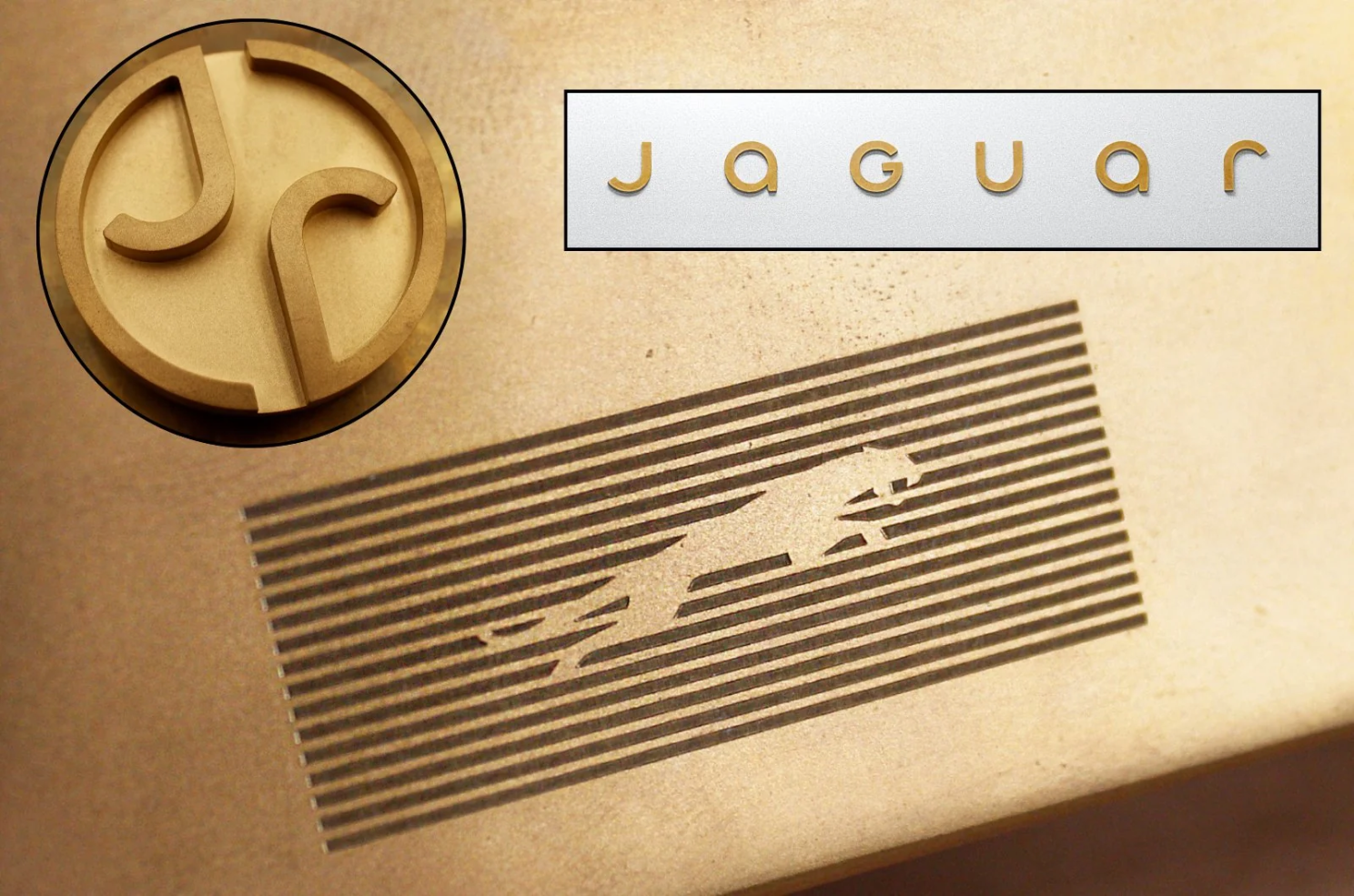
The 2024 Rebrand: Ambition or Misstep?
Jaguar’s November 2024 rebrand aims to reposition it as an ultra-luxury electric vehicle brand, targeting a younger, affluent demographic. The overhaul includes:
A New Visual Identity
- A mix of uppercase and lowercase letters in the word “Jaguar,” signaling a “modern” reinvention.
- A circular emblem featuring a stylized “J” and “R,” supposedly honoring heritage while looking forward.
- A redesigned “leaper” logo, aiming for a more contemporary aesthetic.
Philosophy: Exuberant Modernism
- Jaguar’s new mantra emphasizes originality, boldness, and breaking conventions—a departure from its understated elegance.
Pivot to EVs
- Jaguar is going all-in on electric vehicles, promising to deliver the most desirable EVs in the world.
Target Market Shift
- The brand is courting younger, ultra-wealthy buyers, hoping to leave behind its aging core audience.
While ambitious, the rebrand has sparked fierce criticism. Longtime fans accuse Jaguar of abandoning its roots, with some even comparing the rebrand to “rewriting history with a permanent marker.”
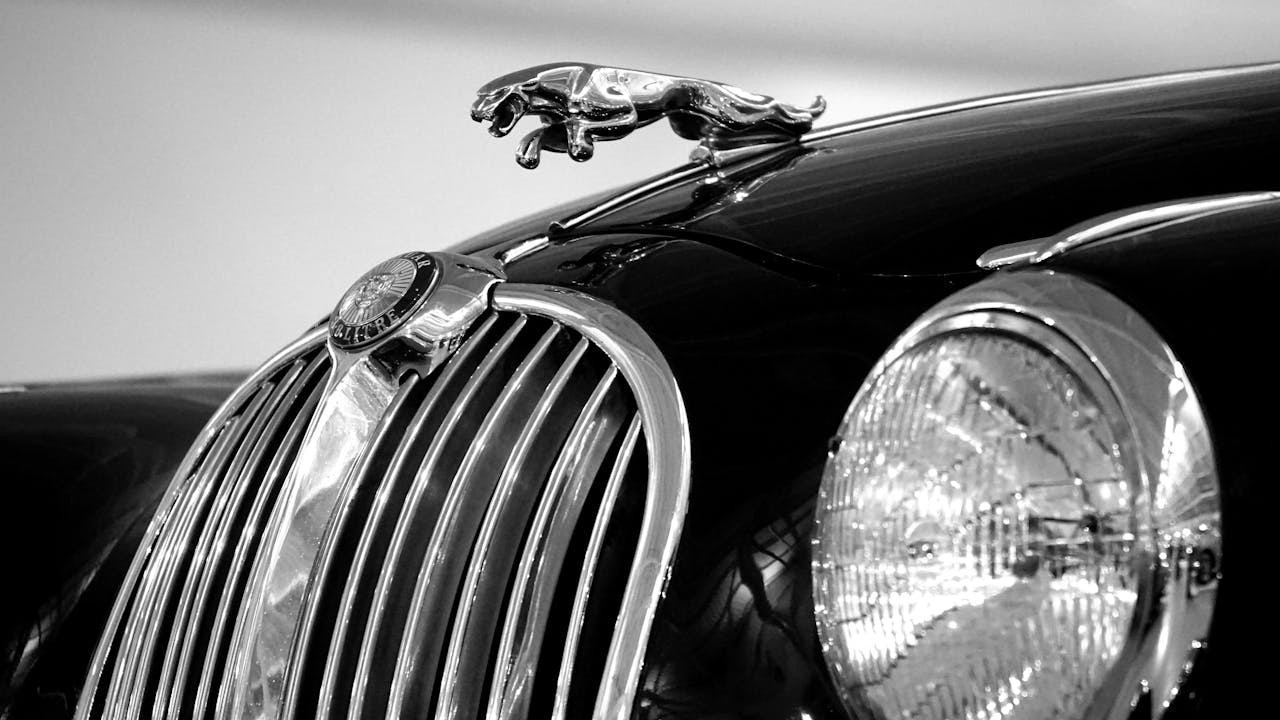
Brand Equity: The Risk of Reinvention
Brand equity is more than just familiarity. It’s the trust, emotional connection, and loyalty that consumers associate with your brand. Jaguar’s equity is deeply tied to its heritage—luxury, motorsport dominance, and British craftsmanship.
By pivoting so drastically, Jaguar risks eroding the very elements that made it iconic. The new branding feels disjointed, as though the company is trying to cater to an entirely new audience while leaving its core fans in the dust.
Take Aston Martin as a comparison. While it has evolved, Aston Martin has never strayed far from its identity as a maker of elegant, high-performance cars. Even as it enters the EV space, it does so with a clear nod to its legacy.
Jaguar, on the other hand, seems to be trying to reinvent itself entirely—without a clear strategy for integrating its storied past.
Why the Rebrand Feels Hollow
- Abandoning Heritage
Jaguar’s racing history and craftsmanship are not just a part of its story—they are its story. Discarding them for a flashy new philosophy alienates the very customers who kept the brand alive through decades of ups and downs.
- A Missed Opportunity for Sub-Branding
Instead of overhauling its identity, Jaguar could have created a sub-brand for its EV line. Imagine “XXXXXX by Jaguar”—a sleek, modern take on luxury EVs that still ties back to the parent brand’s DNA. This approach would have allowed Jaguar to innovate without alienating its loyalists.
- Lack of Cohesion
The new branding feels like a patchwork of ideas rather than a cohesive vision. Exuberant Modernism? Circular logos? A complete departure from classic designs? It’s unclear what Jaguar stands for anymore.
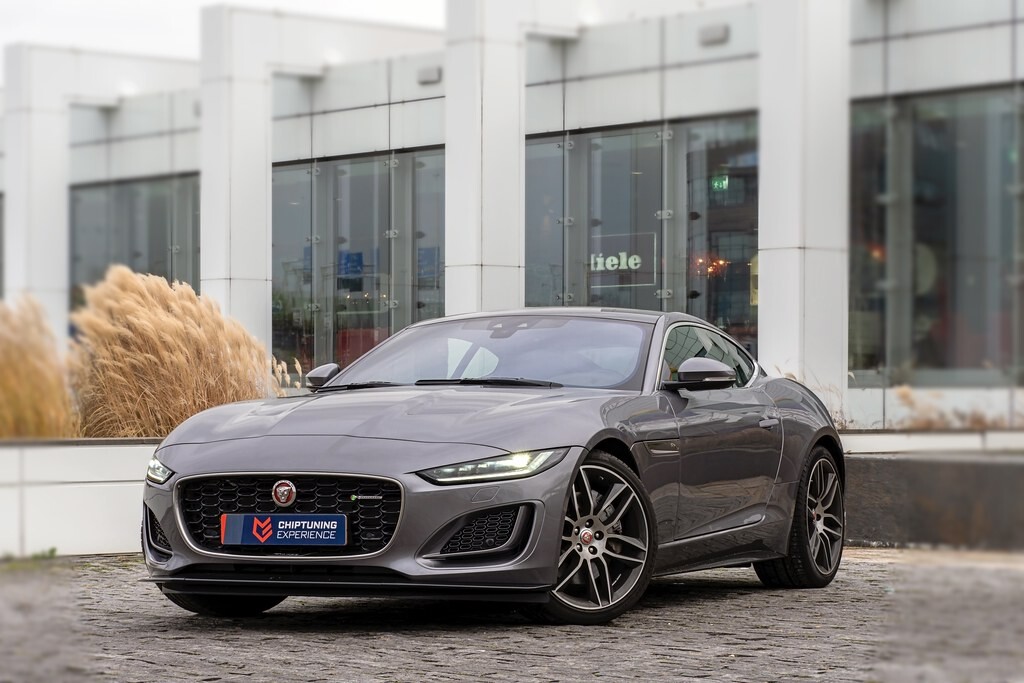
Lessons Learned from Jaguar’s Rebrand
- Your Core Audience Matters
While it’s important to attract new customers, alienating your existing base can backfire. Jaguar’s long-time fans feel abandoned, and that’s a risky move for any brand.
- Modernization Doesn’t Require Reinvention
Legacy brands like Porsche and Ferrari have embraced the EV market without discarding their identity. Jaguar could have done the same, keeping its heritage alive while introducing modern innovations.
- Clarity Is Key
A rebrand should simplify and enhance your story, not complicate it. Jaguar’s new identity feels fragmented, lacking the clarity needed to resonate with audiences.
- Sub-Branding Is a Powerful Tool
Sub-brands allow companies to experiment without risking their primary identity. Jaguar could have launched a dedicated EV line, preserving its legacy while targeting a new market.
- Emotional Connection Is Everything
People buy into brands because of how they make them feel. By abandoning its roots, Jaguar risks losing the emotional connection that made it beloved in the first place.
What Startups Can Learn
For startups, the Jaguar rebrand serves as a reminder of the importance of staying true to your roots. Your early adopters are your lifeline. Alienating them in pursuit of growth can leave your brand unmoored.
- Focus on building a clear, cohesive identity.
- Embrace innovation, but don’t discard what makes you unique.
- Consider sub-branding when entering new markets or launching new products.
A Personal Reflection
As a car enthusiast, Jaguar’s rebrand feels like watching a masterpiece being repainted by someone who doesn’t understand its value. It didn’t need a radical overhaul—it needed a thoughtful evolution. The E-Type wasn’t just a car; it was a declaration of what Jaguar stood for.
Imagine if Jaguar had created a sub-brand for its EVs, letting its legacy models coexist with its modern aspirations. Instead of alienating fans, it could have invited them along for the ride, balancing tradition with innovation.
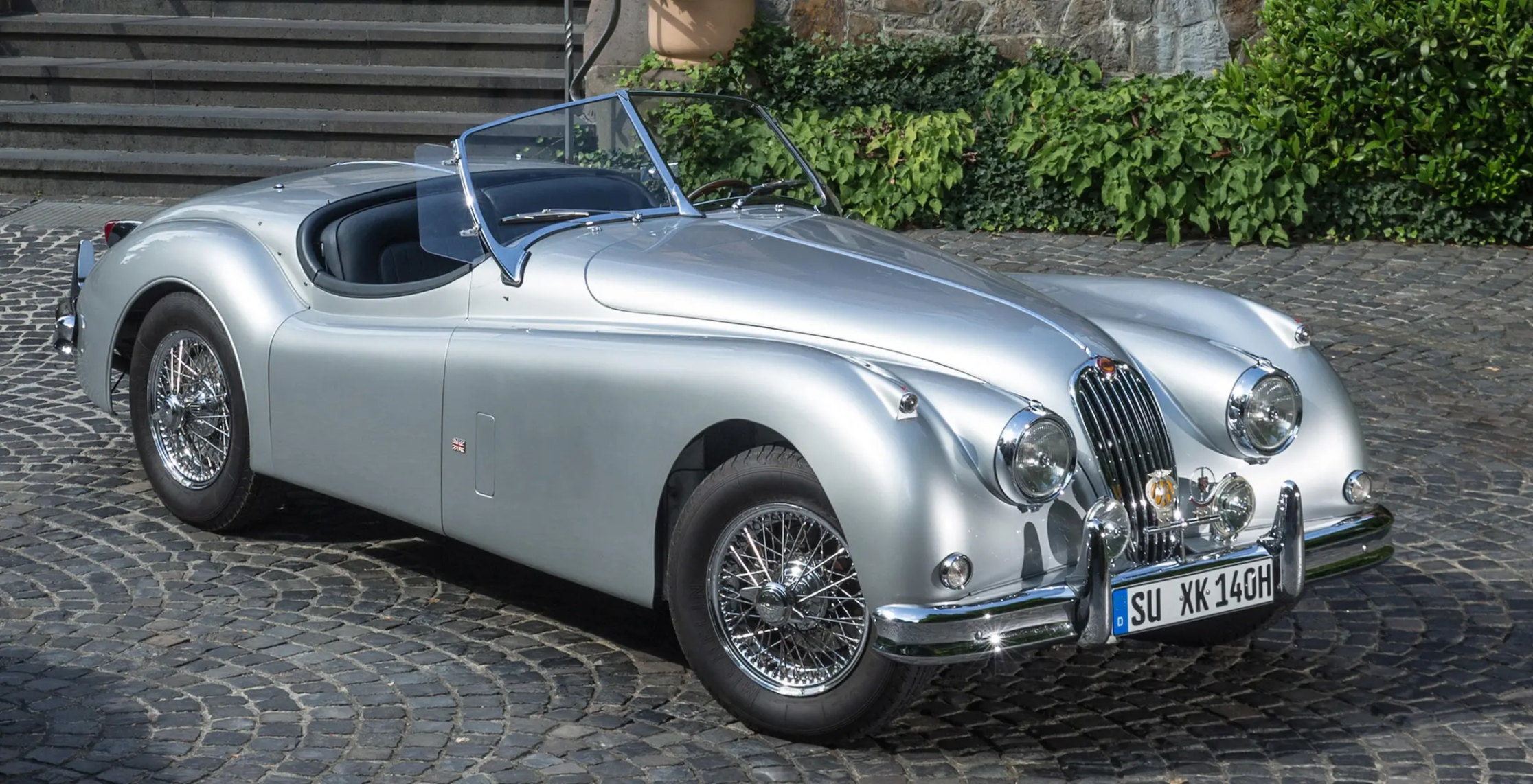
Final Thoughts
Jaguar’s rebrand is a bold gamble, but one that comes at a significant cost to its brand equity. By discarding its heritage in favor of a flashy new identity, it risks losing the very thing that made it special.
For brands, startups, and even legacy companies, the lesson is clear: Build forward, but don’t forget where you came from. Because when you lose your foundation, even the most dazzling future can feel hollow.
Jaguar’s story isn’t over, but its latest chapter feels out of sync with the legacy that came before. Let’s hope the next one brings the leaping cat back to form—where it belongs.

